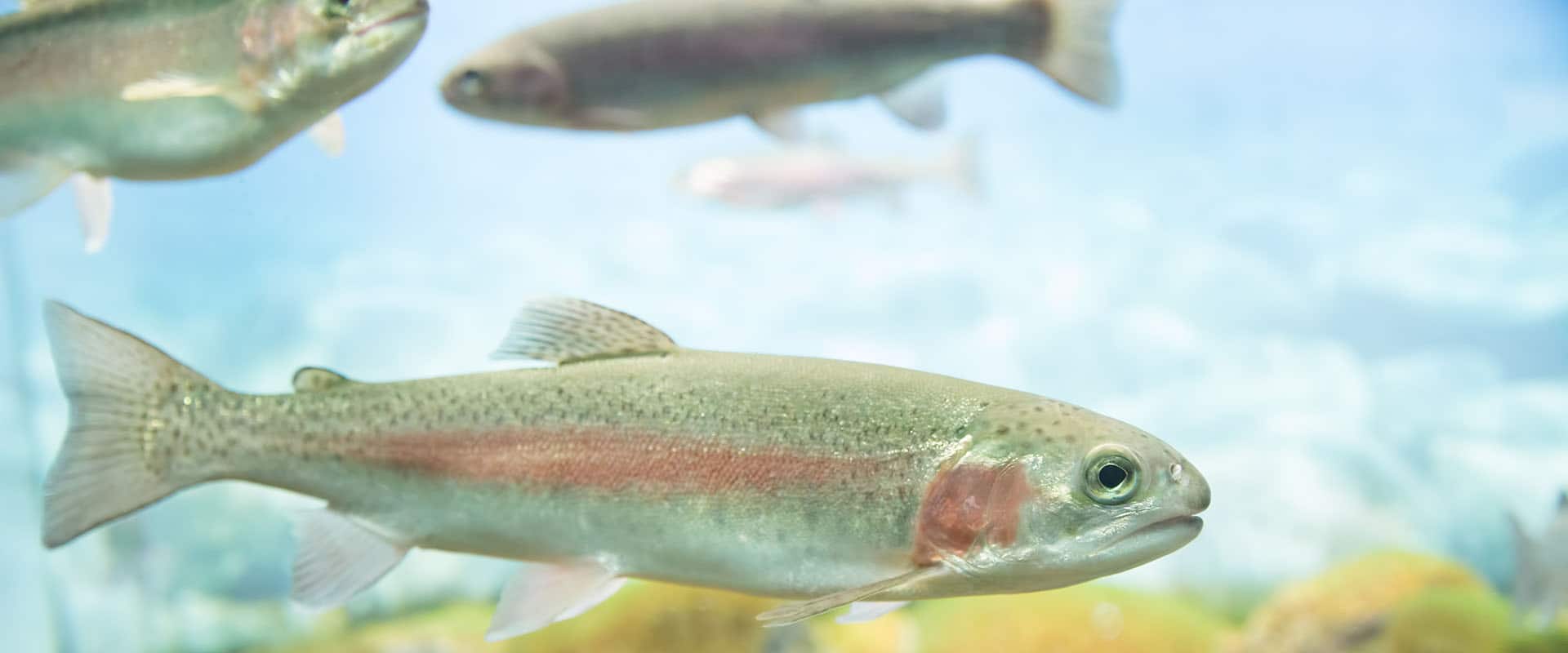Recent reviews by researchers from academia, industry, and government have revealed that the criteria used by the Stockholm Convention on persistent organic pollutants under the United Nations Environment Programme are not always able to identify the actual bioaccumulative capacity of some substances, by use of chemical ...
Trophic Magnification Factors: Considerations of Ecology, Ecosystems, and Study Design
Integrated Environmental Assessment and Management, 2012



